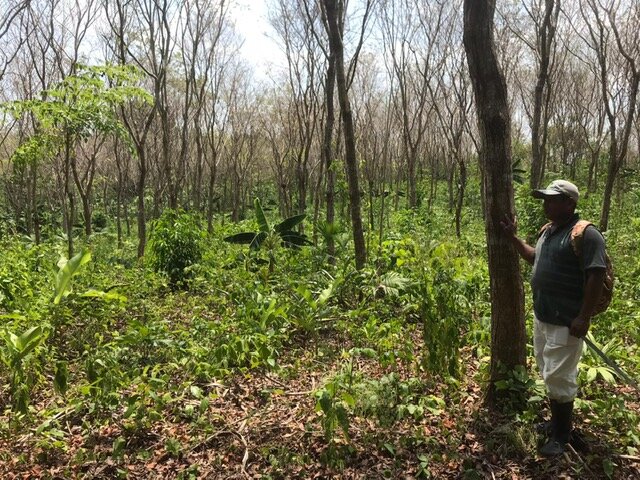Ecuador trip
/Guest post from Chris Meyer, writing from Ecuador
 Deforested land in Arimae's reserve to be replantedFellow co-founder Andrew Wulf and I visited a Guarani indigenous village outside of Tena while on vacation/work. While there were numerous similarities between Panama and Ecuador in relation to conservation, economic opportunities, problems with land, and resource management, there were also many differences.
Deforested land in Arimae's reserve to be replantedFellow co-founder Andrew Wulf and I visited a Guarani indigenous village outside of Tena while on vacation/work. While there were numerous similarities between Panama and Ecuador in relation to conservation, economic opportunities, problems with land, and resource management, there were also many differences.
I arranged to stay with the brother of the President of the regional Guarani organization. He lives in his own little "compound" consisting of a couple of houses where his various children now live with their children. In total, about 15 people lived in the compound (10 under the age of 13). Along the river they had cleared about three hectares (7.5 acres) to plant corn (mostly for animals), papaya, cacao, yucca, plantains, bananas, and other fruiting trees indigenous to the area.



